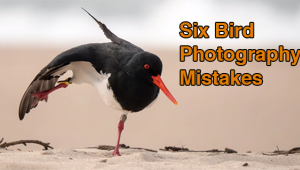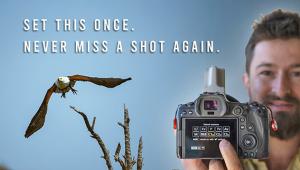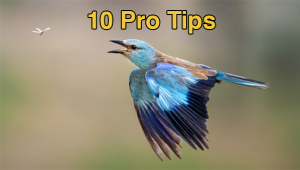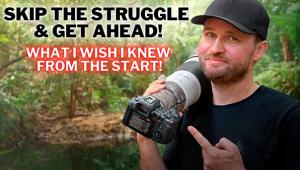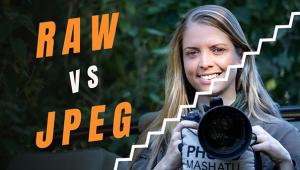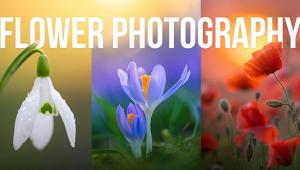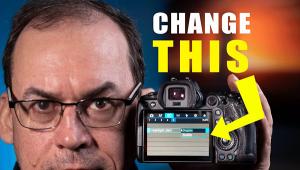Fine Floral Photos
Besides photographing people, nature ranks among the most popular subjects. Much of this appeal comes from the fact that there's a sense of wonder and mystery at the beauty of flora and fauna. Through photography, we can express our fascination with flowers and share it with others. Whether you enjoy shooting close-ups of a bud unfolding, or a field of wildflowers in the mountains, there are many ways to approach flower photography. It may mean a trip to a botanical garden, setting up a still life of cut flowers at home, or simply exploring your own back yard. And flowers don't move around, nor are they sometimes uncooperative like children and pets.
 |
|
|
Lighting makes a big difference between an ordinary floral snapshot and a great one. When taking pictures on a sunny day, shoot pictures early in the morning and late in the afternoon for best results. Sidelight will bring out the unique texture of the flower, and backlighting can impart a warm glow, revealing the translucence of the petals.
Possibly the best lighting for photographing flowers is the soft, diffuse light of open shade or a cloudy day. If you want to photograph a beautiful flower that happens to be in harsh, contrasty light, you can duplicate shadier conditions by using a diffusing panel. You can also use sailcloth or a semi-sheer sheet of white cotton and simply position this fabric between the sun and your flower subject. The shadows created by too-bright, midday sunlight often cause photos to appear washed-out and contrasty. This is true whether you're photographing a petal close-up or a field of flowers.
 |
|
|
Flash can be used in creative ways to light a flower and reveal fine details. It will also render the background dark, as light falls off quickly from the flash. Flash will freeze any motion, so if you're photographing delicate flowers on a breezy day, a little fill-flash can help you out. Shoot pictures with and without flash to see what works best in different situations.
Flower close-ups can be very intriguing. There are lenses made for SLRs that have true 1:1 macro capability, and most compact cameras offer a close-up mode on the shooting dial.
An old adage in photography states, "If you want to improve your photos 100%, get closer." This is especially true of flowers and other small objects in nature. Close-up photography offers a fascinating world of its own. It's amazing what wonderful details open up beyond the magic looking glass of a macro lens. If you're shooting with a 35mm SLR, you can buy lenses with true 1:1 macro capability. And most of the compact cameras on the market today--both film and digital--offer a close-up option. Just look for the flower icon on your camera's shooting mode dial. Once you set your camera on its close-up setting, you're ready for a more-intimate look at flowers (you will also want to check your manual for your camera's minimum focusing distance).
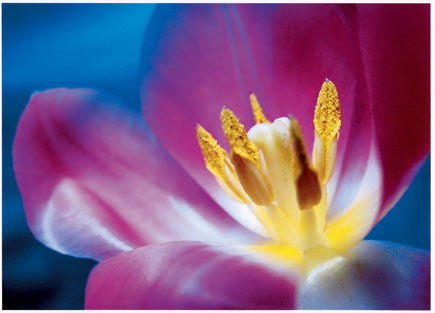 |
|
|
Use your lens's close-up capability to fill the frame with your subject. Because depth of field is very limited in a close-up picture, it's imperative to render the main subject in sharp focus. A flower that appears very sharp against a blurred background is very striking, but if both subject and background are a little out of focus, you'll just have a throw-away snapshot. Decide what spot you want to be sharp in your photo, and center the viewfinder there. Press the shutter button down halfway to lock the focus, and then recompose the shot while keeping the button depressed partway. When you get a desirable composition, shoot the picture.



